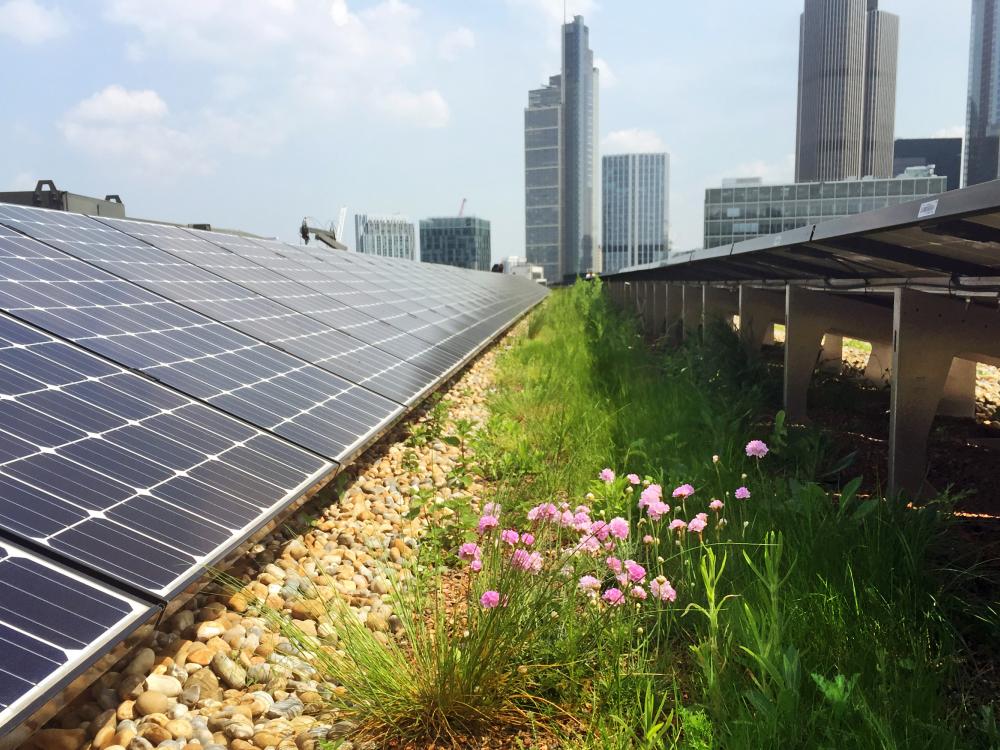Green roofs have become increasingly popular in recent years due to their numerous environmental benefits. Not only do they add aesthetic appeal to buildings, but they also help reduce energy consumption and promote sustainability. In this article, we will delve into the energy efficiency aspect of green roofs and explore how they contribute to a more eco-friendly lifestyle.
One of the primary reasons why green roofs are considered energy-efficient is their ability to regulate indoor temperatures. The vegetation on these roofs provides natural insulation, reducing heat transfer between the building and its surroundings. During hot summer months, green roofs absorb solar radiation, preventing it from entering the building and keeping interiors cool. This reduces the need for air conditioning and subsequently decreases energy usage. Similarly, in colder seasons, green roofs act as an extra layer of insulation that retains heat within the building, resulting in reduced heating requirements.
Moreover, green roofs help mitigate urban heat island effects by reducing surface temperatures in cities. Traditional rooftops made of concrete or asphalt can reach scorching temperatures during summer days due to their high thermal mass. In contrast, vegetated surfaces on green roofs absorb less heat and release it gradually through evapotranspiration processes. As a result, surrounding areas experience cooler temperatures leading to lower demand for electricity used for cooling purposes.
Another advantage of green roofs is their ability to improve stormwater management systems. By retaining rainwater within their substrate layers instead of allowing it to run off directly into drains or rivers like conventional rooftops do, green roofs reduce stress on municipal water infrastructure during heavy rainfall events. This helps prevent flooding while simultaneously conserving water resources.
Additionally, when combined with solar panel installations on rooftops or nearby ground-mounted systems, green roofs can enhance overall energy efficiency even further through synergistic effects known as “solar-vegetation coupling.” Studies have shown that plants’ transpiration process cools down photovoltaic cells by up to 20%, increasing their electrical output significantly compared to panels without green roofs. This integration of green roofs and solar panels maximizes energy generation while reducing the need for additional cooling mechanisms.
Lastly, green roofs contribute to cleaner air and a healthier environment. The plants on these roofs act as natural filters, absorbing pollutants such as carbon dioxide, particulate matter, and volatile organic compounds from the air. By doing so, they improve local air quality and reduce the carbon footprint associated with buildings. Furthermore, green roofs provide habitats for various wildlife species in urban areas, promoting biodiversity conservation.
In conclusion, green roofs offer multiple benefits when it comes to energy efficiency. Their ability to regulate indoor temperatures reduces reliance on air conditioning and heating systems. They also mitigate urban heat island effects by lowering overall surface temperatures in cities. Green roofs enhance stormwater management by retaining rainwater and prevent flooding while conserving water resources. Integration with solar panels increases electrical output through “solar-vegetation coupling.” Lastly, they contribute to cleaner air and promote biodiversity conservation. Incorporating green roofs into building designs not only provides economic advantages but also helps create more sustainable living spaces for a greener future.

Leave a comment